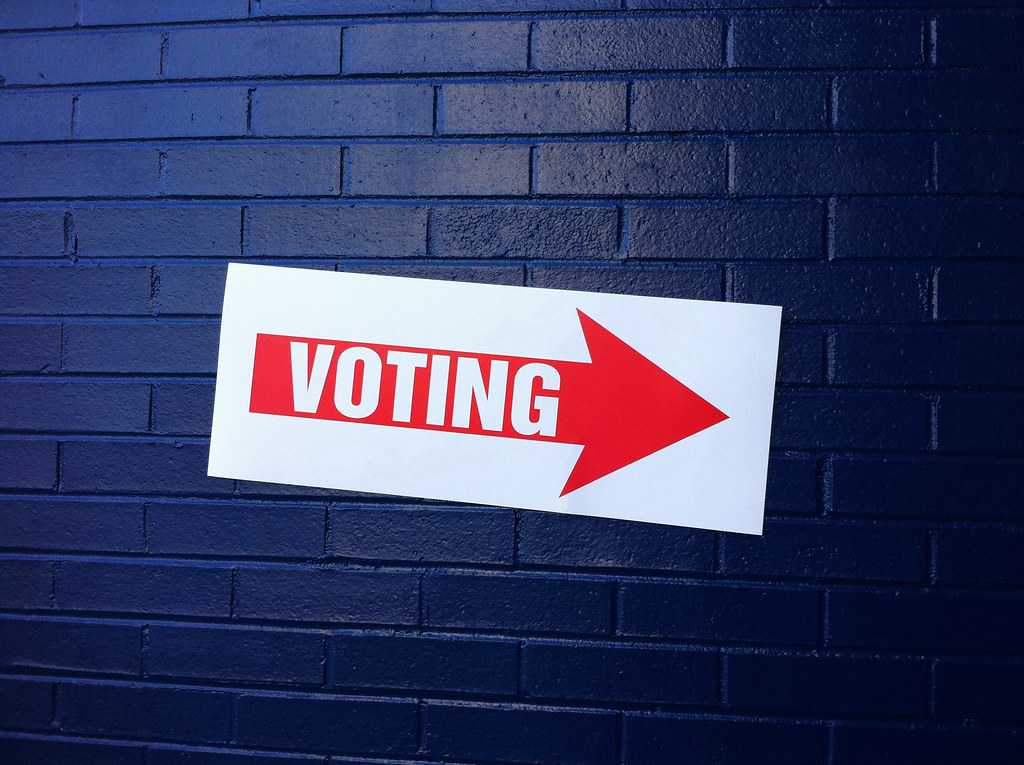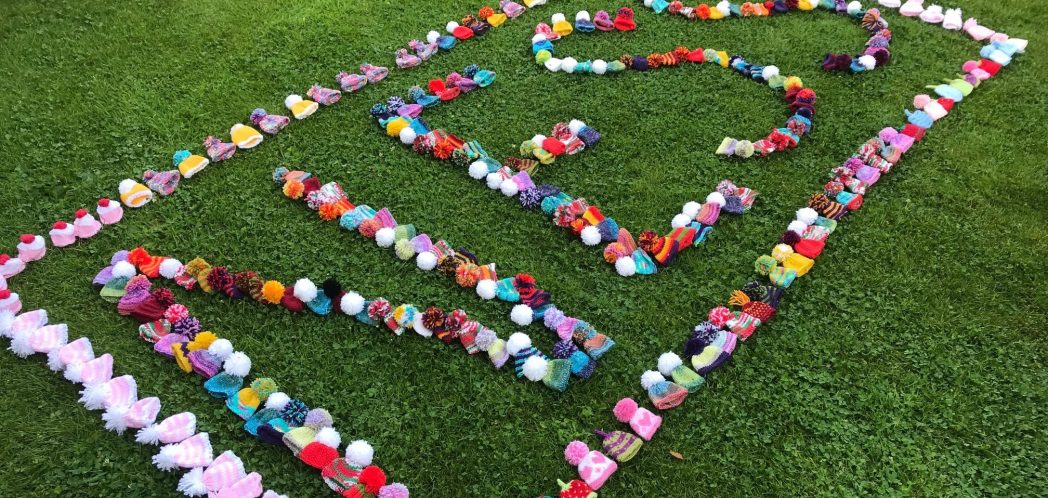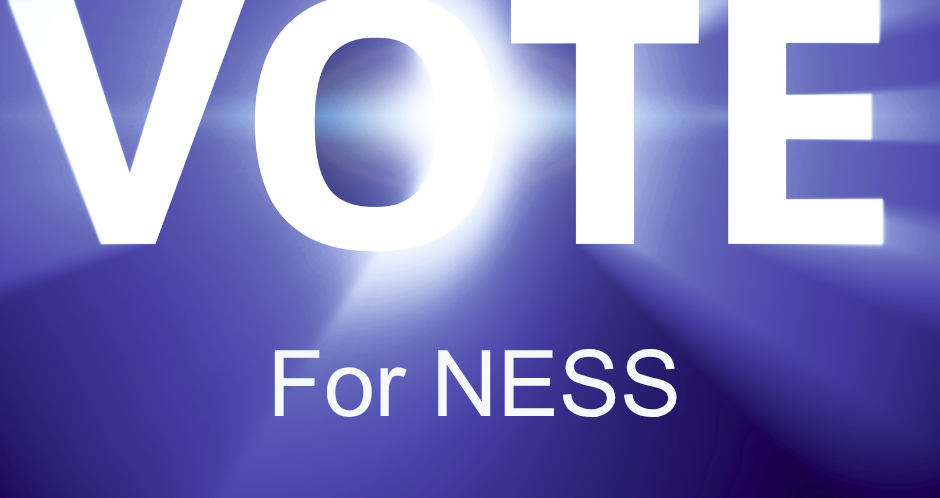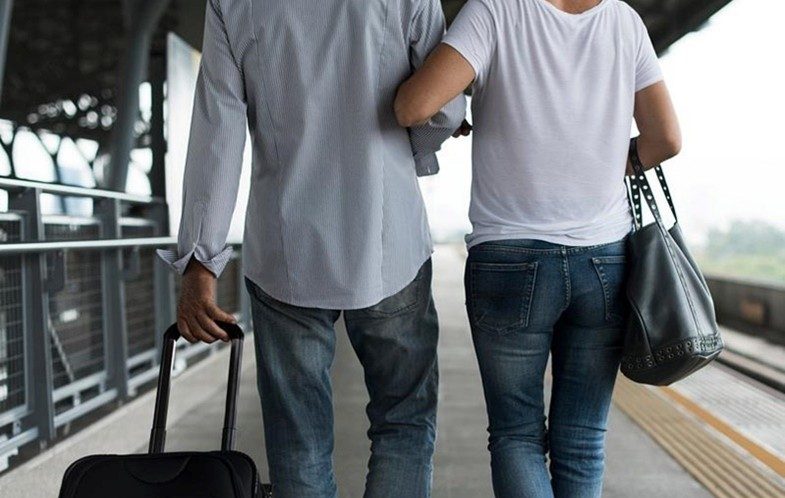The next General Election is taking place on 4th July 2024. This year, everyone who votes in person will have to produce photographic identification (Voter ID). This only applies to UK elections and not Scottish elections. Voting by post doesn’t require you to produce identification (ID).
There is a wide range of photographic ID that can be used when voting, including:
- a UK driving licence (including photocard licence) or passport
- a Scottish National Entitlement Card (NEC)
- a Blue Badge
- a driving licence or passport issued by an EU (European Union) country, Norway, Iceland, Liechtenstein, or a Commonwealth country
- a PASS card (National Proof of Age Standards Scheme)
If you don’t have any of these forms of identification, you can apply for a Voter Authority Certificate online at www.electoralcommission.org.uk/voting-and-elections/voter-id.
Support available when you are voting
Your local authority should have information about polling stations and the different supports that are available to you when you go and vote – see links at the end of this article. There may be some local differences depending on the polling stations, but the following are some of the supports that will be available. Staff at the Polling Stations are there to support you through the process and should be clearly identified with a lanyard and at the reception area of the polling station.
There should be disabled parking nearby to polling stations, and buildings should be accessible for wheelchair users including having lowered booths for casting your vote.
If you are visually impaired, there should be large print sample ballot papers available, hand-held magnifiers and good lighting. If the lighting isn’t adequate for you, you can use the light on your mobile phone or other device when voting, and you can also use any magnification, text-to-speech apps, or devices to help you – just let the polling staff know you are doing this.
Polling stations should also have tactile voting devices, a plastic frame that is attached to the ballot paper with Braille and embossed numbers that correspond to the numbered list of candidates on the ballot paper. You open the window of the number relating to the votes you want to place and make your mark. Polling staff members can help by reading out candidate names as well as helping you to use the tactile device, or you can bring your own supporter with you.
Polling stations should have hearing loops available for people with hearing loss with clear signs telling you where these are.
Information in British Sign Language
The Electoral Commission have produced four videos in British Sign Language (BSL) about voting in the General Election, including information about Voter ID.
You can get more information and support about the voting in the General Election from your local authority, who is responsible for managing the polling stations, and your local Electoral Registration Office (ERO). Details for links to these are on the NESS website at (NESS website).
Links to Important Information about the Election
Local Electoral Registration Office
Local Electoral Registration Offices have information about voting, including how to register and apply for Voter ID. To find your local Electoral Registration Office, which will have information about the up-and-coming election and where to get local information about it, visit Elections in your area | Electoral Commission and type in your post code.
Local Authorities’ Information about the General Election
Each Local Authority produces local information about the election, including polling station and the support that is provided to vote. Links to each Local Authority’s website pages about the General Election 2024 that NESS works with can be found below:
Please get in touch with staff from NESS if you would like help with any aspect of taking part in the General Election.




